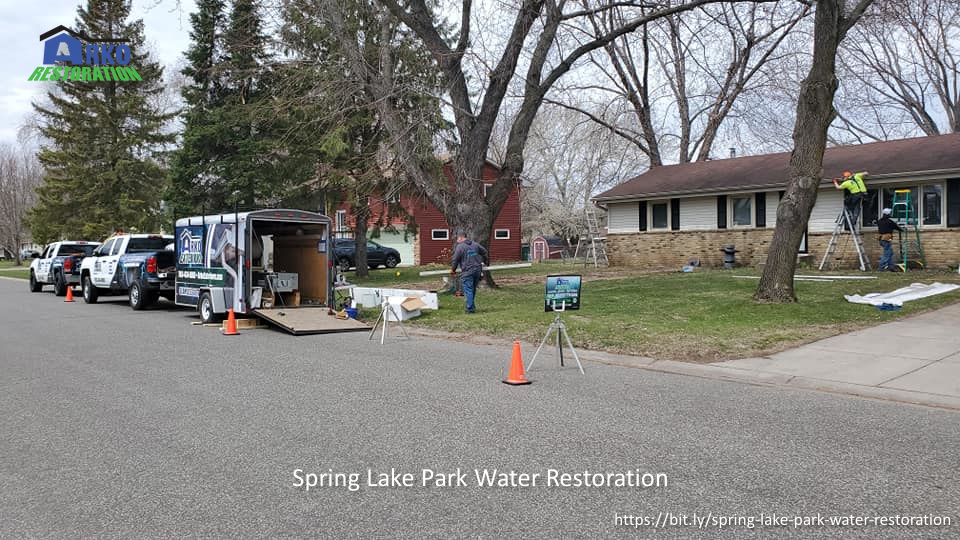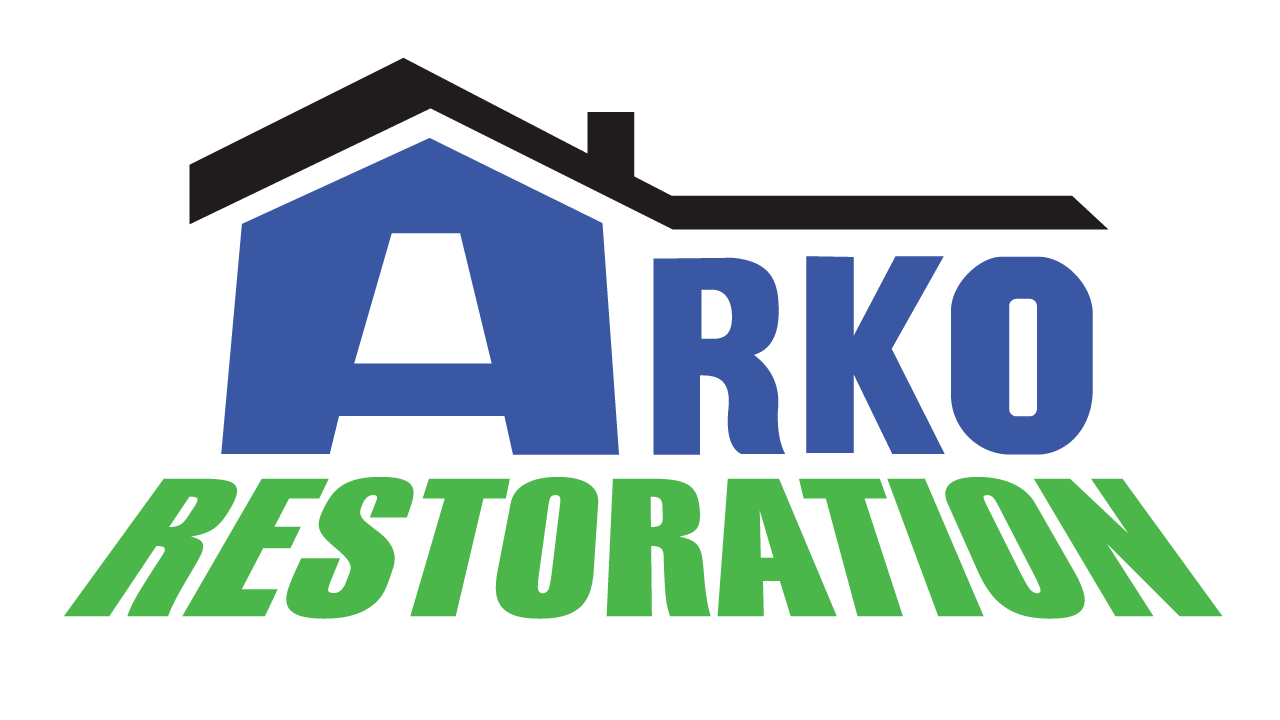The Essential Guide to Water Restoration
Everyone in the world knows that water is essential for life. Water can be a destructive force when it comes to your home or business. Water damage happens suddenly and without warning, so it’s important to have an emergency plan ready before disaster strikes. This guide will show you how to get your property back on its feet quickly and efficiently after a flood, leak, or another catastrophe has taken place. Learn information about Blaine, MN .
First, you need to stop the flow of water as quickly as possible. If it’s coming from a pipe that has burst or been broken, turn off the water at its source and then call your plumber. Water comes out with tremendous force when it is disturbed; taking action promptly can prevent more damage from occurring due to flooding. The next step is assessing how much area has been affected by the flood or leak before making any other decisions about cleanup methods: if only one room in a house was hit, for example, try wet-vacuuming up all visible stains while wearing protective gear such as gloves and goggles. If there are large areas affected–say an entire basement–it may be time to consider hiring professionals who have heavy equipment and experience. Discover facts about Water Restoration: Resilient Water Damage Professionals.

The water leak may be a small drip from a faucet or an overflowing toilet, but it could also be the result of flooding. Water restoration is not something you should take lightly. Experts recommend that if your home has been flooded for more than two hours, then you need to call in the professionals and evacuate your family from the premises as soon as possible. Water damage can cause mold growth within 48 hours which will cause health problems for anyone who breathes its spores into their lungs like asthma attacks or pneumonia.
